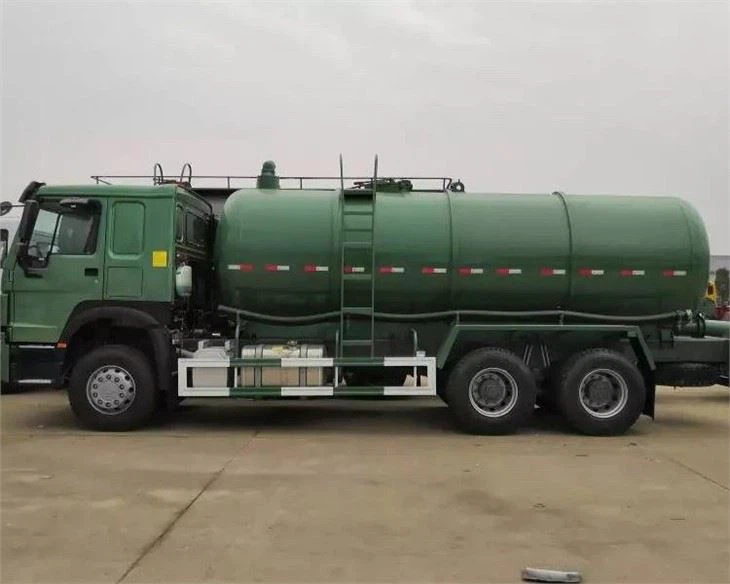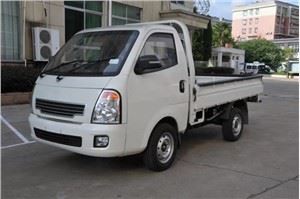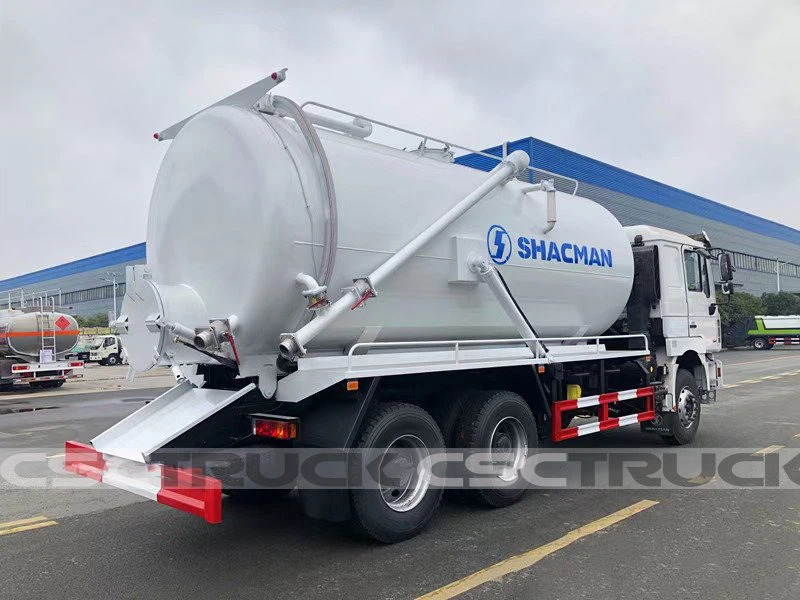Understanding the Inter 7600: A Comprehensive Guide

The Inter 7600 is an iconic model in the landscape of networking and telecommunications. This piece of technology has left a significant mark on both historical and contemporary uses, making it essential for tech enthusiasts and professionals alike. In this article, we will explore the intricate details of the Inter 7600, its components, configurations, usage, and impact on various industries.
Table of Contents
- Introduction
- History of the Inter 7600
- Technical Specifications
- Applications of the Inter 7600
- Setup and Installation of Inter 7600
- Performance Metrics
- Advantages and Disadvantages
- Comparison with Other Models
- Future Trends for the Inter 7600
- Frequently Asked Questions
Introduction
The Inter 7600 is more than just a model number; it symbolizes advancements in network technologies. As we delve into its specifications, operational modalities, and real-world applications, it becomes clear how this device revolutionized networking. From its role in facilitating communication protocols to its adaptability in various environments, the Inter 7600 continues to be a subject of interest.
History of the Inter 7600
The Inter 7600 was first introduced in the late 1980s. It quickly gained popularity due to its flexibility and scalability. Over time, it has undergone various upgrades and revisions to adapt to the evolving technological landscape. Key milestones in its history include:
- Initial Release: Launched to meet the growing demand for more efficient and robust networking solutions.
- Major Upgrades: Significant enhancements were made in the mid-1990s, focusing on speed and reliability.
- Current Models: The current iterations have embraced digital transformations, integrating cloud-based solutions.
Technical Specifications

Understanding the technical specifications of the Inter 7600 is crucial for its optimal use. Below is a summary of its key specifications:

| Specification | Details |
|---|---|
| Model Number | Inter 7600 |
| Transmission Speed | Up to 1 Gbps |
| Ports | Multiple Ethernet Ports |
| Protocols Supported | IPv4, IPv6, Ethernet, MPLS |
| Operating System | Inter OS 5.0 |
| Power Consumption | 50 Watts |
Applications of the Inter 7600
The Inter 7600 can be deployed in various scenarios ranging from small businesses to large enterprises. Some practical applications include:
1. Enterprise Networking
Used as a backbone for large-scale networks, providing connectivity between various departments and sections.
2. Data Centers
Utilized for its high-speed data transmission capabilities, making it ideal for managing data flows in data centers.
3. Cloud Services
Supports cloud-based configurations enabling businesses to scale their operations seamlessly.
4. Educational Institutions
Helps schools and universities to improve their communication infrastructure, facilitating better access to resources.
Setup and Installation of Inter 7600
Installing the Inter 7600 requires meticulous planning and execution. Here are steps to consider during setup:
1. Pre-installation Planning
Assess the needs of your network and plan the installation accordingly. Consider bandwidth requirements and future scalability.
2. Physical Setup

Ensure that the device is installed in a well-ventilated area with sufficient power supply and connectivity options.
3. Configuration
Access the configuration settings via the admin console and set up the necessary protocols for your use case.
4. Testing
Conduct thorough testing to ensure that all components are functioning optimally before going live.
Performance Metrics
Evaluating the performance of the Inter 7600 helps in identifying its effectiveness in real-world applications. Key performance metrics include:
- Throughput: Measurement of the amount of data transmitted successfully over a network.
- Increased Efficiency: Reduced latency and improved speed in processing data packets.
- Reliability: Consistency in performance during peak loads, maintaining connectivity.
Advantages and Disadvantages
Like any technology, the Inter 7600 has its pros and cons:
Advantages
- Scalability: Easily adapts to growing network demands.
- Versatility: Supports numerous networking protocols.
- High performance: Excellent speed and reliability.
Disadvantages
- Cost: Higher initial investment compared to simpler models.
- Complexity: Requires technical expertise for installation and maintenance.
Comparison with Other Models
When evaluating the Inter 7600, it is helpful to compare it to similar networking devices. Below is a comparison table with another popular model:
| Feature | Inter 7600 | Model XYZ |
|---|---|---|
| Transmission Speed | Up to 1 Gbps | Up to 500 Mbps |
| Ports | Multiple Ethernet Ports | Limited Ports |
| Protocol Support | IPv4, IPv6, Ethernet, MPLS | IPv4, Ethernet |
| Cost Efficiency | High | Moderate |
Future Trends for the Inter 7600
As technology continues to evolve, the Inter 7600 is likely to see advancements in several areas:
1. Integration with IoT
The rise of the Internet of Things (IoT) will demand more robust networking solutions that the Inter 7600 can potentially offer.
2. Enhanced Security Features
As cyber threats become more sophisticated, incorporating advanced security measures will be essential for future iterations.
3. Increased AI Capabilities
AI-based analytical tools could enhance performance monitoring and overall network management.
Frequently Asked Questions
1. What is an Inter 7600 used for?
The Inter 7600 is primarily used for managing networking tasks in enterprises, data centers, and other large-scale applications.
2. How do I troubleshoot issues with my Inter 7600?
Common troubleshooting steps include checking connectivity, verifying configurations, and consulting the user manual for error codes.
3. Is the Inter 7600 suitable for small businesses?
While it can be scalable for small businesses, it might be considered an over-investment for smaller operations with less demanding networking needs.
4. What upgrades are available for the Inter 7600?
Upgrades typically involve firmware updates and additional modules to enhance capabilities such as bandwidth and security.
5. Where can I find support for the Inter 7600?
Manufacturer support can usually be found online. Additionally, many third-party tech support services are familiar with the Inter 7600.
6. How does the Inter 7600 compare with newer models?
While the Inter 7600 remains robust, newer models often offer advanced features, improved efficiency, and greater compatibility with modern protocols.
